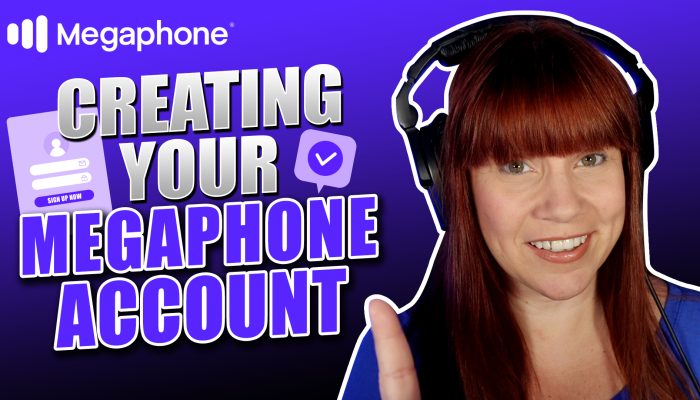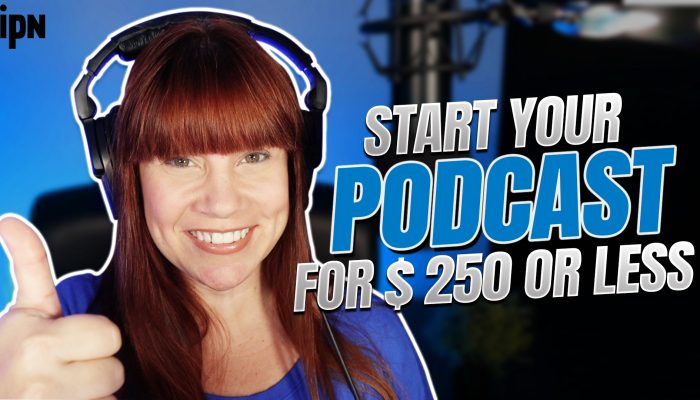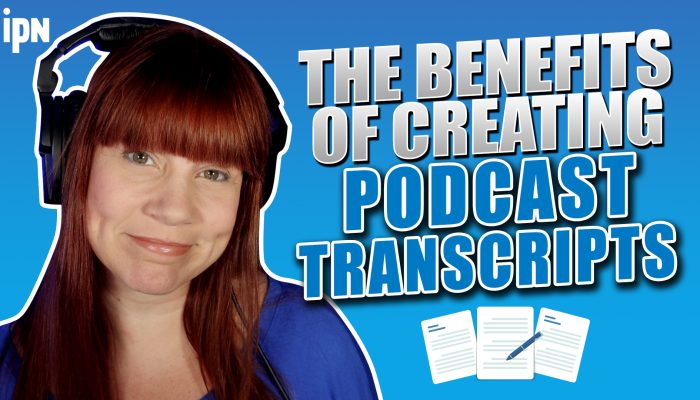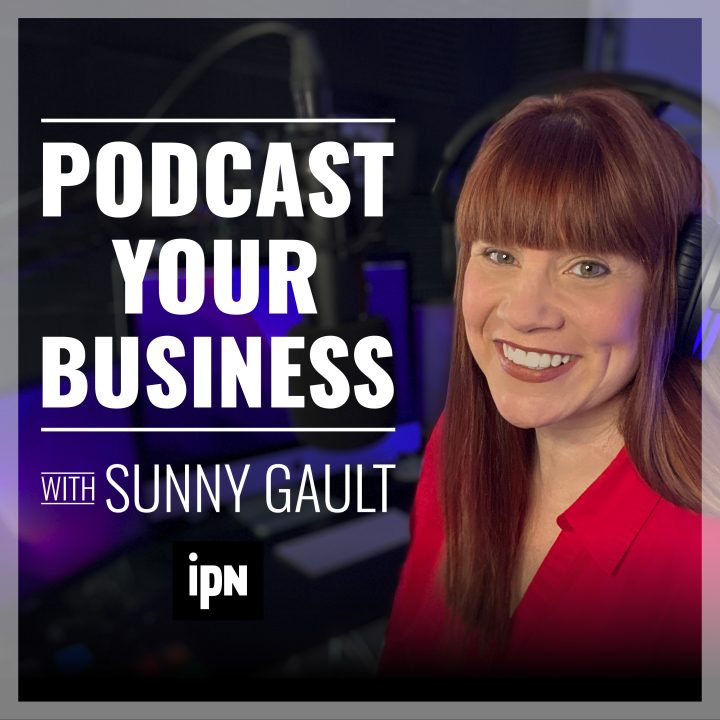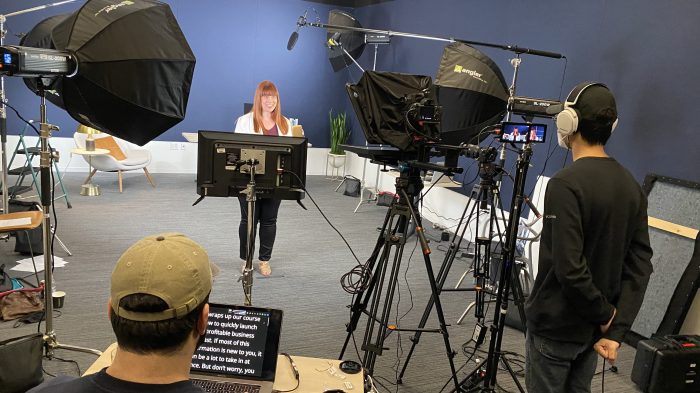
Email marketing offers a direct line of communication to your listeners’ inboxes, allowing for a deeper level of engagement. It also totally avoids the fluctuations you see with social media algorithms. So, if you get frustrated with one post taking off and then your next not even reaching your core audience, email marketing could be for you.
What is Email Marketing?
At its core, email marketing is about building relationships. For podcasters, whose voices are already in the ears and minds of their audience, email adds an extra layer of intimacy. It allows you to reach out to your listeners directly, share additional insights, and invite them into your podcast’s community. Unlike social media, where algorithms dictate reach, emails land in personal inboxes where they have a higher chance of being seen and engaged. It’s also generally considered the most profitable form of marketing in most fields.
Getting Started with Email Marketing
Here’s how you can get the ball rolling with email marketing, ensuring that you’re not only reaching your listeners’ inboxes but also captivating them with your content.
- Choose an Email Marketing Service: Your first step is selecting an email marketing service that fits your needs. In 2024, there’s an abundance of options, each offering a variety of features. Services like Mailchimp, ConvertKit, and AWeber are popular among podcasters but don’t hesitate to explore others that might cater more specifically to your needs.
- Set Up an Email List: Once you’ve chosen a service, you’ll set up your email list. This is the foundation of all your email marketing activities. Start by crafting a sign-up form that captures the essentials without overwhelming future subscribers. Place this form where your listeners are most active. Remember, transparency about the use of subscriber information is not just good manners; it’s a legal requirement.
- Design Your First Email Campaign: Your initial email campaign is your introduction; it sets the tone for your relationship with new subscribers. Begin with a warm welcome email that introduces your podcast, and outlines what they can expect from your emails. To immediately deliver value, share some of your best content up front.
Growing Your Email List
A robust email list is the lifeblood of successful email marketing. But how do you go from a handful of subscribers to a thriving list of engaged listeners? Here are a few tips to start growing your email list:
- Exclusive Content: Offer bonus episodes, extended interviews, or ad-free content that isn’t available to non-subscribers.
- Giveaways and Contests: Run contests and giveaways where listeners can win merchandise, a guest appearance on your podcast, or other relevant prizes for subscribing to your email list.
- Call-to-Actions (CTAs): Include CTAs in your episodes, encouraging listeners to sign up for your email list to receive the lead magnets or additional content.
- Transcript: Use your episode transcript to include a link to your sign-up form, making it easy for listeners to subscribe.
- Social Media Posts: Create posts that highlight the value of your email content or lead magnets, including a clear call to subscribe.
- Paid Advertising: Consider investing in targeted ads that promote your lead magnets to a broader audience likely to be interested in your podcast.

Continuously Improving Your Email Content
Content is king, and in the realm of email marketing, this is no different. Crafting content that resonates with your audience is crucial for keeping them engaged and tuned into your podcast.
Compelling Content
We all remember certain emails from companies that truly speak to an experience we’re currently going through. That’s the kind of experience you want to create for your audience with your email content.
Your emails could be extensions of your podcast episodes, where personal stories or interesting tidbits that didn’t make the final cut find a new home. Celebrating your listeners by sharing their feedback or experiences can transform your email content into a community bulletin board, fostering a strong, interconnected audience.
Design and Layout
The visual journey of your email should mirror the auditory journey of your podcast. Consistency in branding is your silent ambassador, weaving familiarity and trust into the fabric of your correspondence. Always try to include images, graphics, or even infographics to add punctuation to your visual story. This also provides a break for the reader’s eyes and highlights any key points.
Subject Lines
If your email were an episode, the subject line would be the title—and we all know how a good title can draw us into pressing play. Crafting a subject line that encapsulates the intrigue of your email content is an art form. It should have the brevity of a tweet and the punch of a headline, all while beckoning your subscriber to dive into the full story waiting inside.
Optimizing Campaigns
To succeed with email marketing, you have to continually optimize your campaigns based on subscriber behavior and feedback.
Analyze Key Metrics
Understand how your emails are performing by keeping an eye on key metrics including:
- Open Rates: Are your subscribers actually opening your emails?
- Click-Through Rates (CTRs): Are they engaging with the content and taking the actions you’ve suggested?
- Conversion Rates: How many are following through on your call to action, such as listening to your podcast or purchasing promoted products?
- Unsubscribe Rates: Are you losing subscribers, and at what rate?
Use these insights to determine what content resonates most and to identify areas for improvement.
Conduct A/B Tests
To conduct an A/B test for your email campaigns, start by setting a specific goal, such as increasing open rates. Choose one variable to test, such as the subject line or call-to-action, and create two versions of your email: the control (A) and the variation (B). Randomly divide your subscriber list into two groups and send each group one version of the email.
Monitor the performance of each email, focusing on your primary metric. After a set period, analyze the results, determine which version performed better, and implement the successful elements in future campaigns. Remember to test only one variable at a time, ensure your audience segments are large enough to be statistically significant and keep a record of your findings for ongoing optimization.
Segment Your Lists
Not all subscribers are the same, so why send them the same email? Segment your list and send different emails to different audiences based on:
- Listener Behavior: Create segments for those who frequently engage with emails versus those who do not.
- Demographics: Use known demographics like age, location, or gender to personalize content.
- Episode Interests: Segment based on the types of episodes they’ve shown interest in.
Tailoring your emails to different segments can improve engagement and reduce unsubscribe rates.
Conclusion
The key to successful email marketing is consistency, personalization, and a willingness to adapt and evolve with your listeners’ preferences. Treat them as more than just a tool for marketing by trying to build a real connection with your audience in every email you send. And as long as you keep working towards optimizing your campaigns, you can find success with email marketing to grow your podcast.



